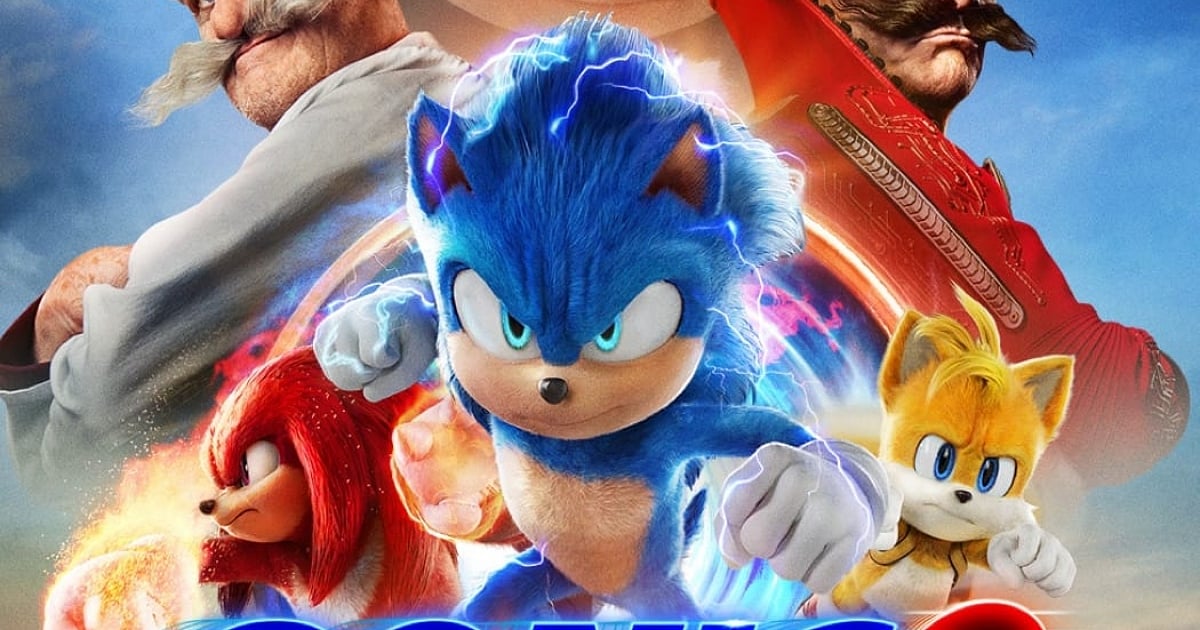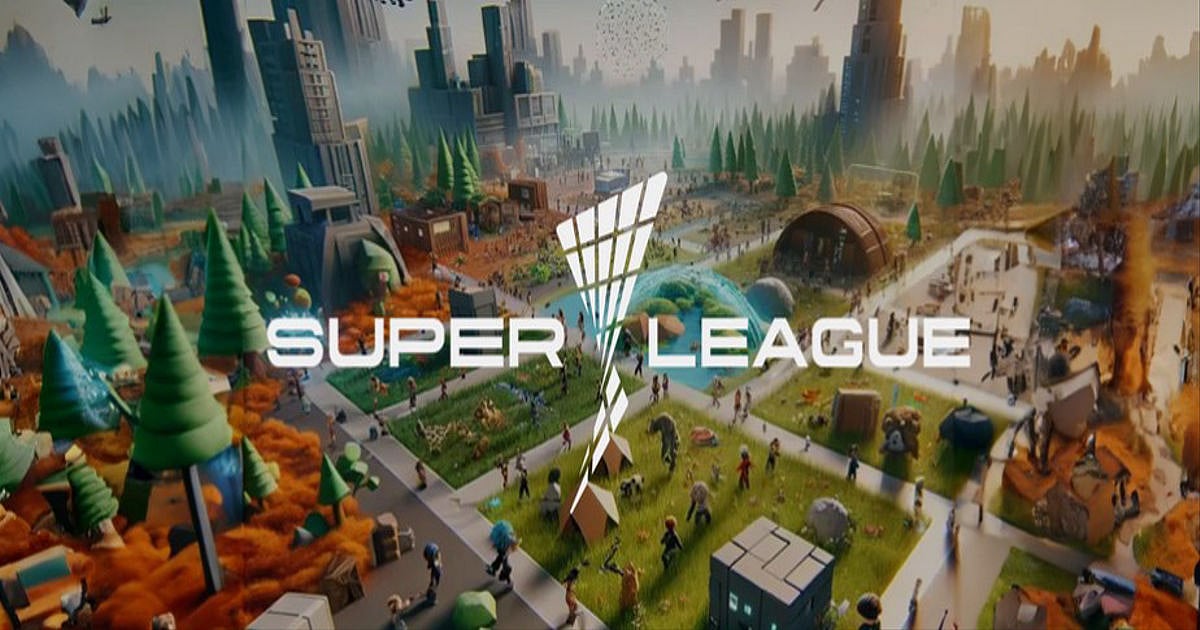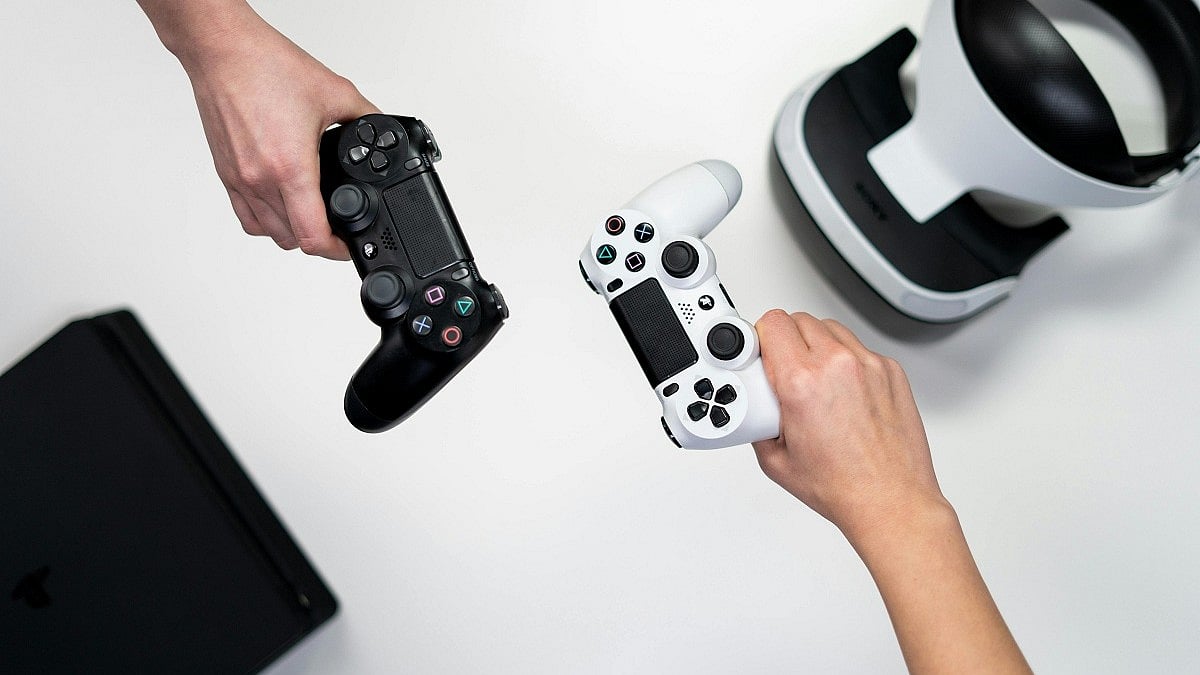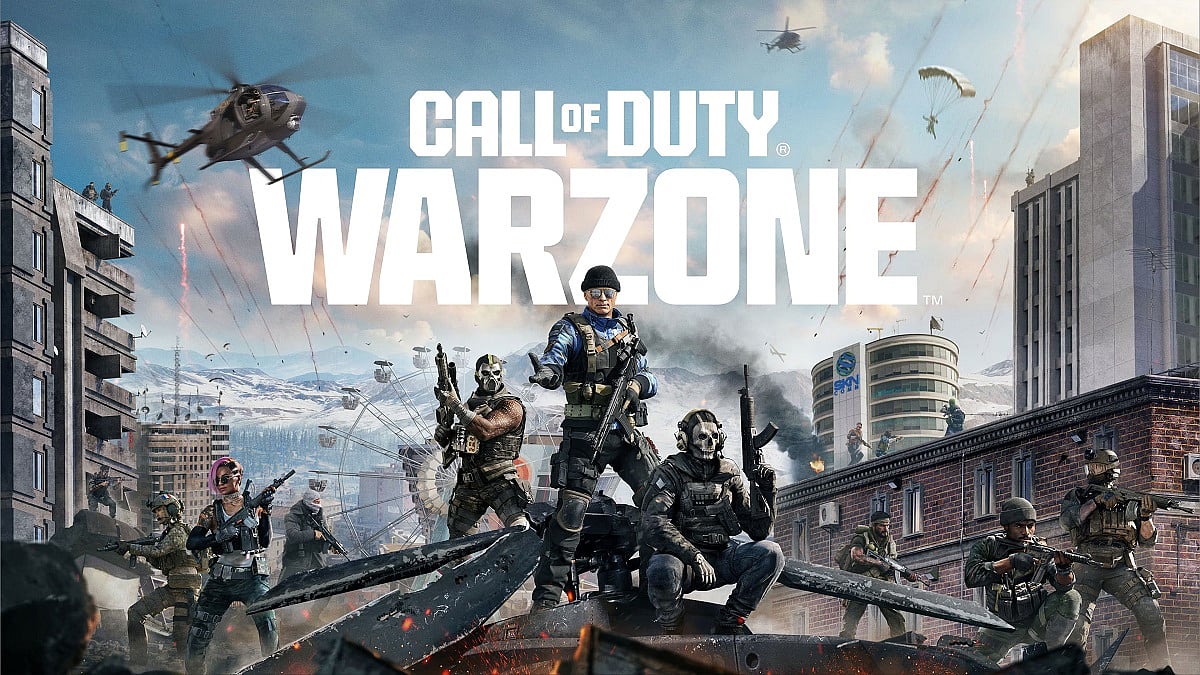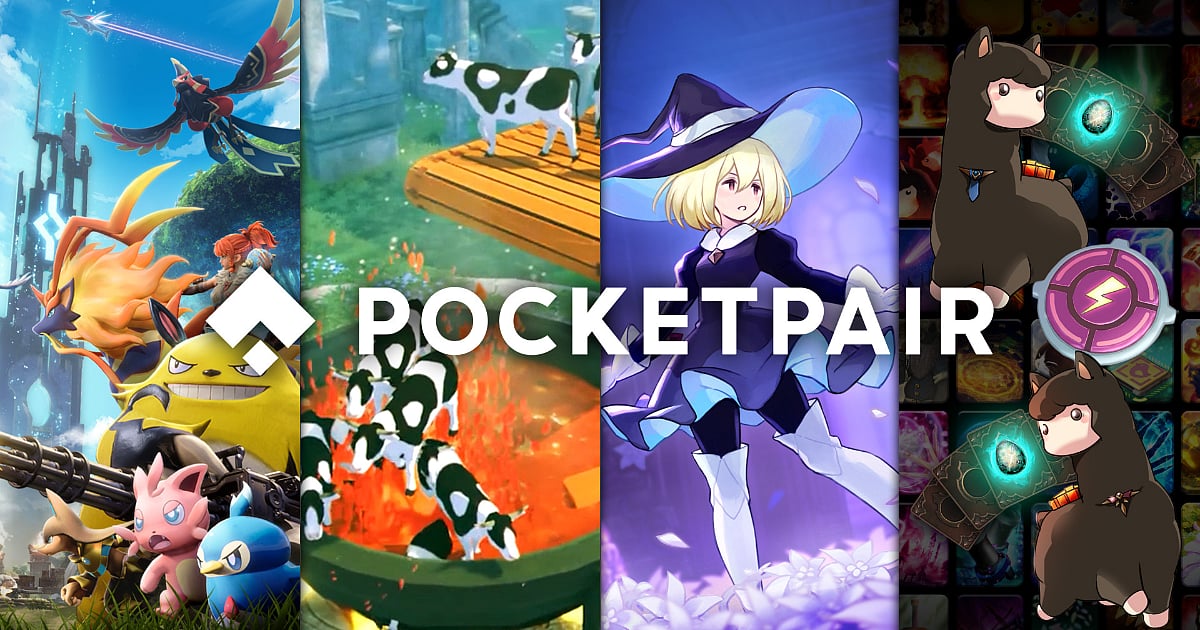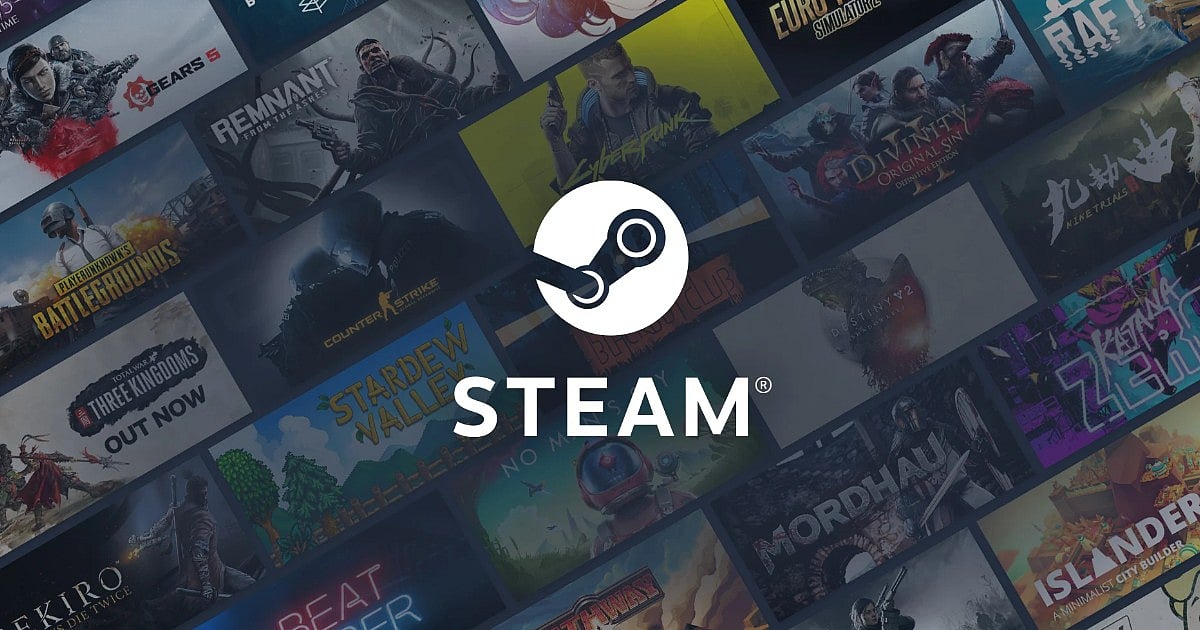
Nearly Half of Steam Releases Fail to Recoup $100 Submission Fee | Credit: Steam
Thousands of Steam Games Fail to Recoup $100 Submission Fee
Research reveals 40% of 2025's Steam releases fell short of recovering their initial listing cost
Highlights
- Highlighting Steam's oversaturation, 40% of 2025 Steam releases couldn’t recoup the $100 listing fee.
- Only 8% of titles earned over $100K, with nearly half selling fewer than 100 copies.
- Steam’s recommendation system and fierce competition among thousands of titles limit visibility for mid-tier and indie developers.
More than 40% of the 12,732 games released on Steam this year failed to generate enough sales to cover the platform's $100 submission fee, according to research by analytics firm Gamalytic. The finding has reignited debate over Steam's open-door policy for independent developers.
The submission fee, implemented in 2017 to curb spam following Steam's "Greenlight" era, is refunded to developers once a game reaches $1,000 in adjusted revenue. While Gamalytic pegged the failure rate at 40%, open-source data suggests the figure could be as high as 65.9%.
The findings underscore a widening gap between accessibility and commercial viability in the PC gaming market. With Steam now averaging more than 30 new releases daily, mid-tier developers increasingly struggle to reach audiences in an oversaturated marketplace.
A Crowded Marketplace
The volume of games published on Steam has surged dramatically since 2016, when roughly 4,000 titles launched on the platform. That figure has tripled to more than 12,000 in 2025, according to SteamDB. Consumer spending, however, hasn't kept pace with the explosion in supply.
Only 8% of Steam releases generate more than $100,000 in revenue, according to industry estimates. The bottom 30% of games earn just $37 in gross sales. Nearly half of all releases (47.4%) are estimated to have sold fewer than 100 copies, while 28% move between 100 and 1,000 units.
The stark disparity is reshaping the economics of independent game development. One veteran producer described the shift by noting that Steam's long tail used to work, but now it's a cliff.
Why Most Indie Games Fail on Steam in 2025
Several factors contribute to poor performance among smaller titles. Steam's recommendation algorithm favors games with existing purchase histories, making it difficult for newcomers to surface in top placements or personalized feeds. The platform offers limited built-in promotional tools for unproven titles.
Players increasingly ignore new releases unless they carry strong review scores or endorsements from influencers. This form of social proof can propel a game into Steam's Discovery Queue but remains out of reach for many small studios operating on shoestring budgets.
Competition from subscription services such as Xbox Game Pass and Epic Games Store's free-game promotions (which typically feature premium indie and AAA titles) has further fragmented attention. Meanwhile, a proliferation of low-quality releases has conditioned users to approach unfamiliar games with skepticism.

Author
Kamalikaa Biswas is a content writer at Outlook Respawn specializing in pop culture. She holds a Master's in English Literature from University of Delhi and leverages her media industry experience to deliver insightful content on the latest youth culture trends.
Related Articles
